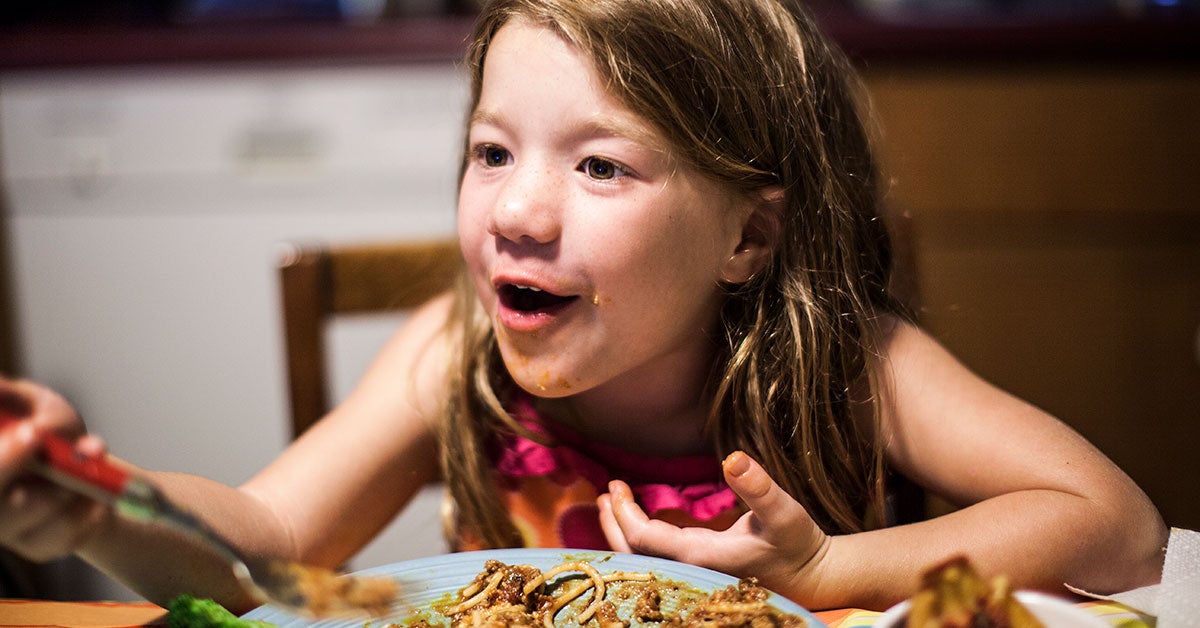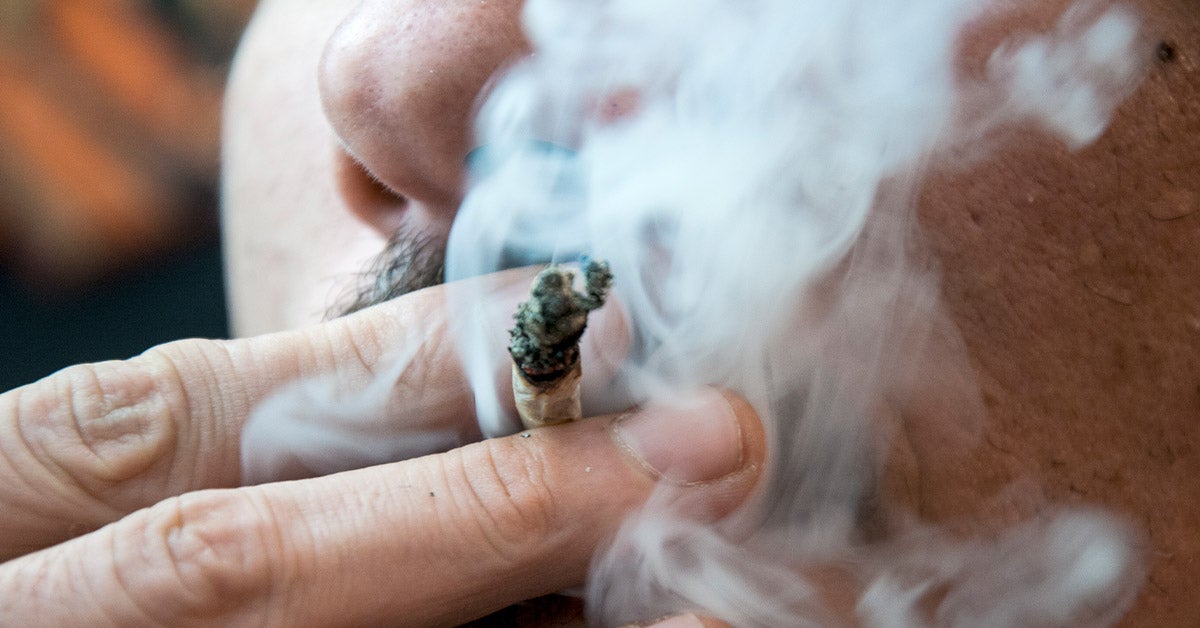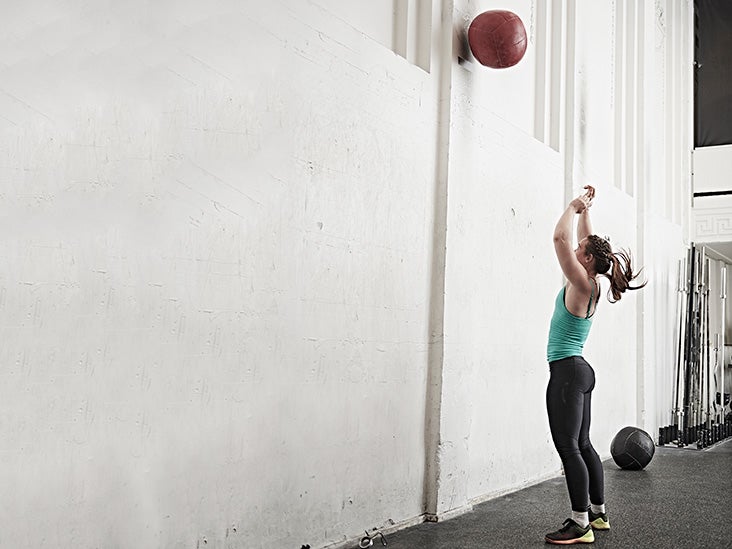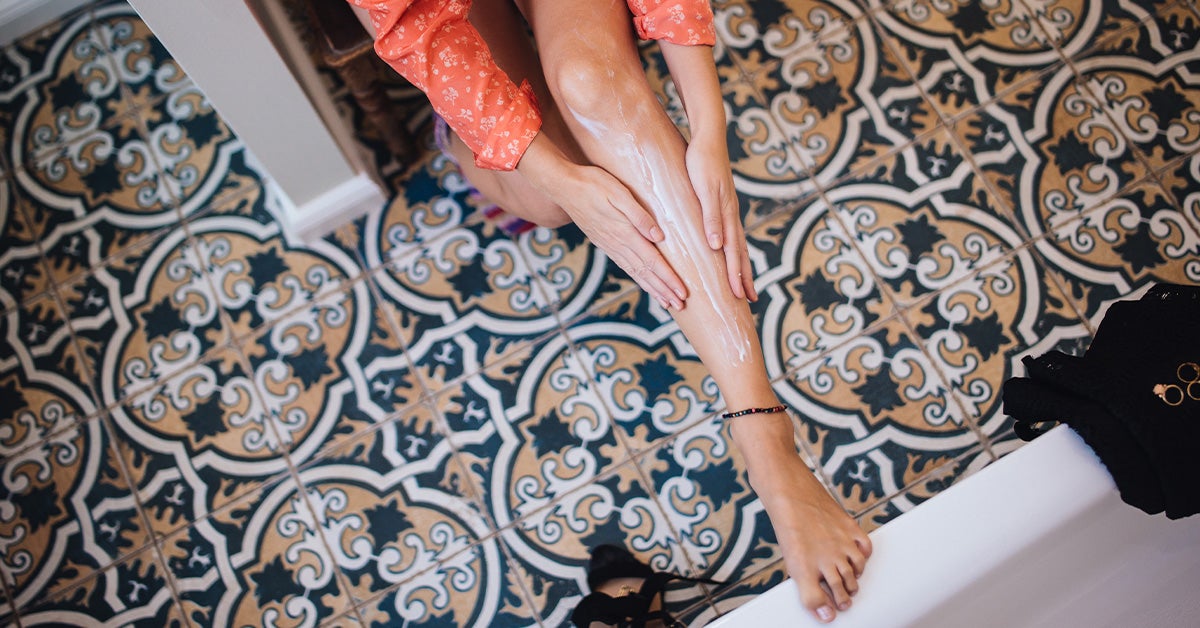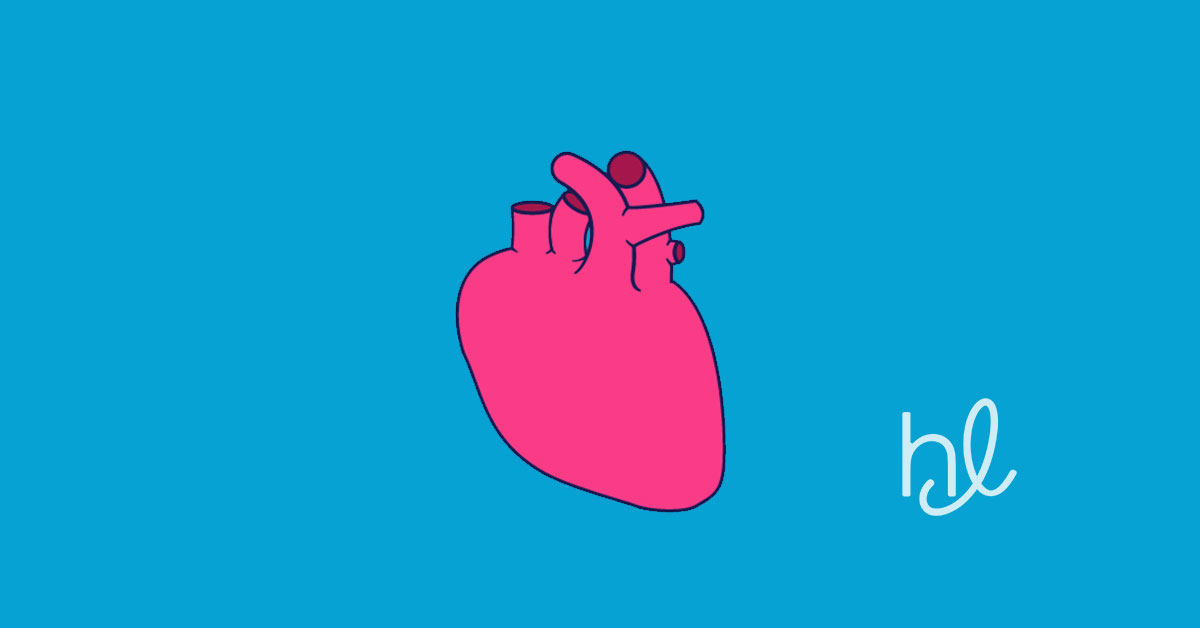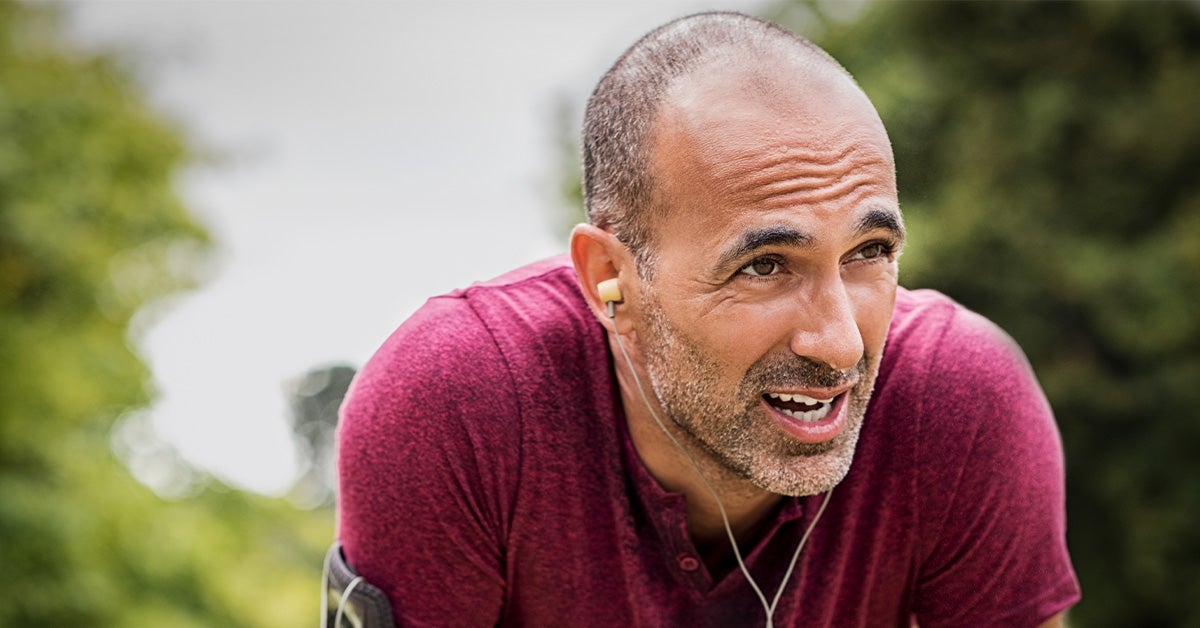Nipple Tattoo for Breast Cancer Survivors: What You Need to Know
If you have a mastectomy to treat breast cancer, you have the option of undergoing reconstructive surgery to rebuild the shape of the removed breast.
Breast reconstruction doesn't typically involve the nipple. And not everyone is a candidate for a nipple-sparing mastectomy, depending on the type, size, and location of the cancer.
Nipple reconstruction surgery is the final stage of breast reconstruction, and for many, it represents the closing of a difficult chapter. While nipple reconstruction has a high satisfaction rate, many women are skipping it and getting 3-D nipple tattoos instead.
Nipple reconstruction surgery typically happens several months after a mastectomy, depending on how fast you heal and whether or not you need radiation. You'll need to wait three months before you can have the tattoo to add color to your new nipples.
A 3-D nipple tattoo offers breast cancer survivors who want nipples a very realistic and less invasive alternative.
How soon a nipple tattoo can be done after your surgery varies among artists and studios. Most prefer that you wait four to six months after your final surgery or reconstruction.
Unlike traditional nipple tattooing performed by medical aestheticians in a plastic surgeon's office to add color and create an areola around a reconstructed nipple, 3-D tattoos are often used instead of reconstruction.
These permanent nipple tattoos are designed and performed by tattoo artists in shops and in some specialized medical centers. Some aestheticians are now also offering 3-D nipple tattoos using a semi-permanent technique similar to that used for microblading eyebrows.
The practitioner uses an oscillating tattoo needle coated with pigment. The pigment is inserted into the skin to create the appearance of a nipple.
Here's what you can expect when you go for a nipple tattoo:
Consultation
Prior to the procedure, you'll meet with a tattoo artist for a consultation. During that time, you'll discuss size, placement, and pigment colors. The tattoo artist will want to see the area they'll be working on, in order to determine the best way to proceed.
They'll then create a plan based on your preferences, variables (like your scar patterns), amount of scar tissue, and skin thickness. You'll also be given instructions on how to prepare for the procedure.
The day of
On the day of your procedure, you should arrive showered, with clean skin. Don't apply moisturizer or any type of numbing agent.
Be sure to have a bra or camisole with you to help hold your bandages in place. You should also wear a loose, comfortable shirt that opens in front to wear during the procedure. Some shops have robes or gowns you can change into.
You'll then be given a consent form to sign, and possibly a health questionnaire to fill out.
Next, you'll be taken to a private room where you'll undress and lie down on an adjustable bed or chair for your tattoo. The artist will disinfect the skin being tattooed.
During the procedure
Before starting, the artist will go over placement and pigment again. Design markings will be made, and once you approve, the tattoo will be applied.
The entire tattoo time, including placement and pigment mixing, varies among artists. It can take one to three hours, depending if you're having one or both breasts done.
The actual tattooing only takes 15 to 30 minutes per nipple.
Aftercare
Once the procedure is complete, a bandage will be applied over the tattoo. Healing can take a week to 10 days. You can expect some mild scabbing or flaking.
The tattoo artist will provide tattoo aftercare instructions. Aftercare usually involves keeping the area clean and applying antibacterial ointment several times a day for a few days.
Breast numbness after a mastectomy is common, so most people feel little to no pain when getting a nipple tattoo after a mastectomy.
Mastectomy significantly reduces sensation in the breasts, as nerves are cut during the surgery. If you have nipple reconstruction, your new nipple won't have any sensation.
Women with implants also experience less sensation, even if they have a skin-sparing or nipple-sparing mastectomy.
How much a nipple tattoo hurts, if at all, varies from person to person. Everyone is different.
The cost of nipple tattoos varies among artists and aestheticians. Location is also a factor.
Based on internet research, one nipple tattoo costs around $400. Most artists appear to offer a slightly lower rate per nipple if you're having both tattooed.
Other than buying antibiotic ointment, there shouldn't be any other expenses outside of the tattoo. No downtime is required, so you won't need to take time off work for recovery.
Nipple tattoos are covered by some insurance plans if you meet certain criteria. A tattoo artist can provide you with a receipt that you can then submit to your insurance company.
Unless you have your tattoo done by a healthcare professional, directly billing the insurance company isn't possible.
Insurance plans, coverage, and criteria for coverage vary among providers, so you'll need to check with yours.
Asking others who have had nipple tattoos for a recommendation is a good start. If you don't know anyone personally, you can reach out to members of a local breast cancer support group or your cancer center.
There are plenty of tattoo artists offering nipple tattoos, so doing an online search should give you a few options to choose from.
You'll also want to do some homework to make sure you find someone you're comfortable with and who has experience doing nipple tattoos.
Here are some things to consider before choosing a tattoo artist:
- Visit different tattoo shops, taking note of cleanliness, atmosphere, and professional and friendly staff.
- Make sure that the artist and establishment have the proper licensing.
- Ask if the artist practices nipple tattoos outside of the shop, as some artists also work with local breast surgery centers and cosmetic surgery clinics.
- If privacy is a concern, look for a shop that has a private room for tattooing or an artist that also works at a medical facility.
- Ask the artist about their sterilization practices.
- Ask to see a portfolio of the artist's previous nipple tattoos, not just their artistic tattoos.
Nipple tattoos after mastectomy give breast cancer survivors the option to have a realistic-looking nipple without having to undergo another surgery. Though flat, these hyperrealistic images give you nipples that appear 3-D.
An experienced tattoo artist can create nipple tattoos with exquisite detail, including different tones, and the appearance of folds and skin that puckers like a natural areola and nipple.
-
 6 interesting genetic traits that children will inherit from their parents
6 interesting genetic traits that children will inherit from their parents
-
 7 effects of asparagus on child development
7 effects of asparagus on child development
-
 Does cutting blood hair for babies bring good luck?
Does cutting blood hair for babies bring good luck?
-
 The more babies eat, the higher the height they develop, especially the second kind
The more babies eat, the higher the height they develop, especially the second kind
-
 Children with chicken pox should eat to quickly recover from the disease, without leaving a deep scar?
Children with chicken pox should eat to quickly recover from the disease, without leaving a deep scar?
-
 The more food is cooked, the better it can be for health, especially the second type
The more food is cooked, the better it can be for health, especially the second type
-
 Feingold Diet: Facts, Unproven Claims, and How It's Supposed to Work
Feingold Diet: Facts, Unproven Claims, and How It's Supposed to Work
-
 Does Smoking Weed Cause Acne? What the Research Says
Does Smoking Weed Cause Acne? What the Research Says
-
 Wall Ball Exercise: Benefits, Muscles Worked, How to, and Variations
Wall Ball Exercise: Benefits, Muscles Worked, How to, and Variations
-
 How Does Nair Work to Remove Unwanted Body Hair?
How Does Nair Work to Remove Unwanted Body Hair?
-
 Pericarditis: Symptoms, Treatment, Causes, Diagnosis, and More
Pericarditis: Symptoms, Treatment, Causes, Diagnosis, and More
-
 Why Is Sweat Salty? Can I Sweat Too Much or Too Little?
Why Is Sweat Salty? Can I Sweat Too Much or Too Little?






